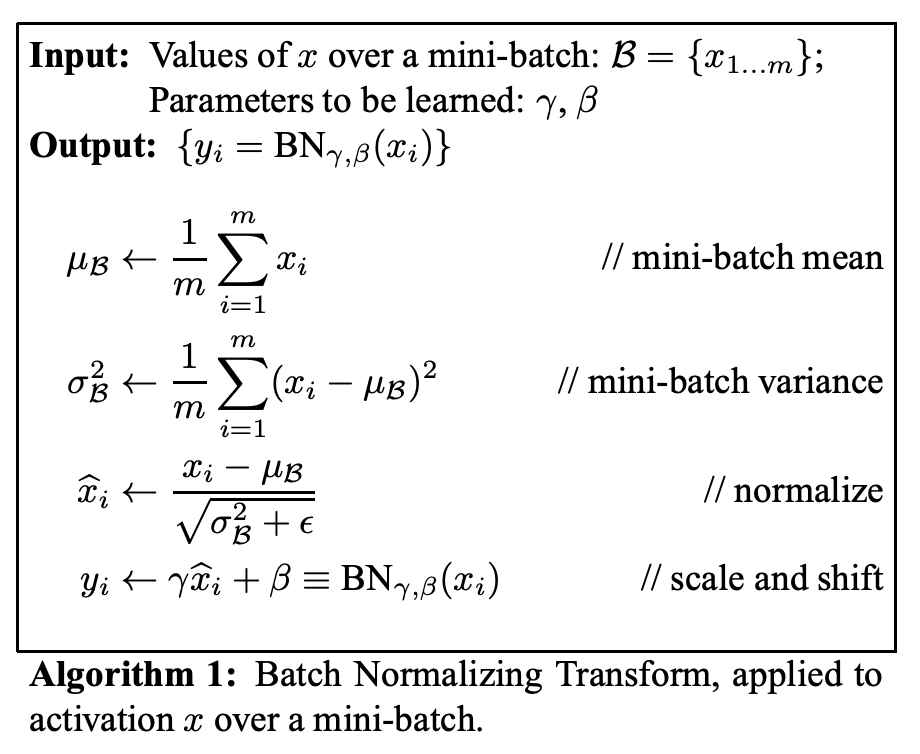我决定开个帖记录一下2019年秋天找工作面试中遇到的一些问题。
准备工作
快速排序
1
2
3
4
5
6
7
8
9
10
11
12
13
14
15
| void qsort(vector<int> &a, int l, int r) {
if (l >= r) return;
int i = l, j = r, key = a[l];
while (i < j) {
while (i < j && a[j] >= key) --j;
a[i] = a[j];
while (i < j && a[i] <= key) ++i;
a[j] = a[i];
}
a[i] = key;
qsort(a, l, i - 1);
qsort(a, i + 1, r);
}
|
SVM 的推导
Logistic Regression 的推导
Bagging 与 Boosting
K-means 与 KNN
1
2
3
4
5
6
7
8
9
10
11
12
13
14
15
16
17
18
19
20
21
22
23
24
25
26
27
28
29
30
31
32
33
34
35
36
37
38
39
40
41
42
43
44
45
46
47
48
49
50
51
52
53
54
55
56
57
58
59
60
61
|
def initCentroids(dataSet, k):
dataSet = list(dataSet)
return random.sample(dataSet, k)
def minDistance(dataSet, centroidList):
clusterDict = dict()
k = len(centroidList)
for item in dataSet:
vec1 = item
flag = -1
minDis = float("inf")
for i in range(k):
vec2 = centroidList[i]
distance = calcuDistance(vec1, vec2)
if distance < minDis:
minDis = distance
flag = i
if flag not in clusterDict.keys():
clusterDict.setdefault(flag, [])
clusterDict[flag].append(item)
return clusterDict
def getCentroids(clusterDict):
centroidList = []
for key in clusterDict.keys():
centroid = np.mean(clusterDict[key], axis=0)
centroidList.append(centroid)
return centroidList
def getVar(centroidList, clusterDict):
sum = 0.0
for key in clusterDict.keys():
vec1 = centroidList[key]
distance = 0.0
for item in clusterDict[key]:
vec2 = item
distance += calcuDistance(vec1, vec2)
sum += distance
return sum
def k_means(dataset k):
centroidList = initCentroids(dataSet, k)
clusterDict = minDistance(dataSet, centroidList)
newVar = getVar(centroidList, clusterDict)
oldVar = 1
times = 2
while abs(newVar - oldVar) >= 0.00001:
centroidList = getCentroids(clusterDict)
clusterDict = minDistance(dataSet, centroidList)
oldVar = newVar
newVar = getVar(centroidList, clusterDict)
times += 1
|
Global Average Pooling 的前向传播与反向传播
1
2
3
4
5
6
7
8
9
10
11
12
13
14
15
16
17
18
19
20
21
22
23
24
25
26
27
28
29
30
31
| void forward_avgpool_layer(const avgpool_layer l, network net)
{
int b,i,k;
for(b = 0; b < l.batch; ++b){
for(k = 0; k < l.c; ++k){
int out_index = k + b*l.c;
l.output[out_index] = 0;
for(i = 0; i < l.h*l.w; ++i){
int in_index = i + l.h*l.w*(k + b*l.c);
l.output[out_index] += net.input[in_index];
}
l.output[out_index] /= l.h*l.w;
}
}
}
void backward_avgpool_layer(const avgpool_layer l, network net)
{
int b,i,k;
for(b = 0; b < l.batch; ++b){
for(k = 0; k < l.c; ++k){
int out_index = k + b*l.c;
for(i = 0; i < l.h*l.w; ++i){
int in_index = i + l.h*l.w*(k + b*l.c);
net.delta[in_index] += l.delta[out_index] / (l.h*l.w);
}
}
}
}
|
reference: https://github.com/pjreddie/darknet/blob/master/src/avgpool_layer.c
Batchnorm 的原理
主要解决的问题:
上一层的输出数据经过这一层的网络后,数据分布发生了变化,为下一层的网络学习带来困难。
训练数据和测试数据的分布存在差异性,给网络的泛化性能带来影响。

reference: https://blog.csdn.net/qq_25737169/article/details/79048516
各种优化器的原理 (SGD, Adam)
基本范式(待补充详细):
- 计算目标函数关于当前参数的梯度
- 根据历史梯度计算一阶动量和二阶动量
- 计算当前时刻的下降梯度
- 根据下降梯度更新参数
reference: https://zhuanlan.zhihu.com/p/32230623
2019-07-05 字节跳动
上次被头条爆锤的场景依旧历历在目…..
讲一下 Mask RCNN 的结构,说一下 anchor,与YOLO、SSD中的 anchor
有什么不同。
讲一下 U-Net 的结构,PyTorch中的 upsample 怎么做的,有哪些参数。
你觉得 hour-glass (encoder-decoder)结构能带来什么好处。
转置卷积、卷积 的反向传播是怎么做的?
最后是一道编程题:
有n个节点,每个节点有一个数值,如果两个节点数值的最大公约数大于1,那么在这两个点之间连一条边。
求这个图的最大连通分量。
